With the Vashon Strawberry Festival coming up and the Unofficial Mayor Contest in full swing, Vashon Island might seem like an idyllic world of its own, separated from the rest of King County. In some ways, it is; but when it comes to noxious weeds, the island’s mainland connection is clear.
The residents of Vashon struggle with some of the same regulated noxious weeds as their counterparts in other areas of the county. In May, we highlighted the island’s shiny geranium (Geranium lucidum) troubles after Weed Specialists Maria Winkler and Minwook Park discovered a number of alarmingly large patches there. This time of year, three other weeds are in full swing: giant hogweed (Heracleum mantegazzianum), tansy ragwort (Senecio jacobaea), and perennial pepperweed (Lepidium latifolium).
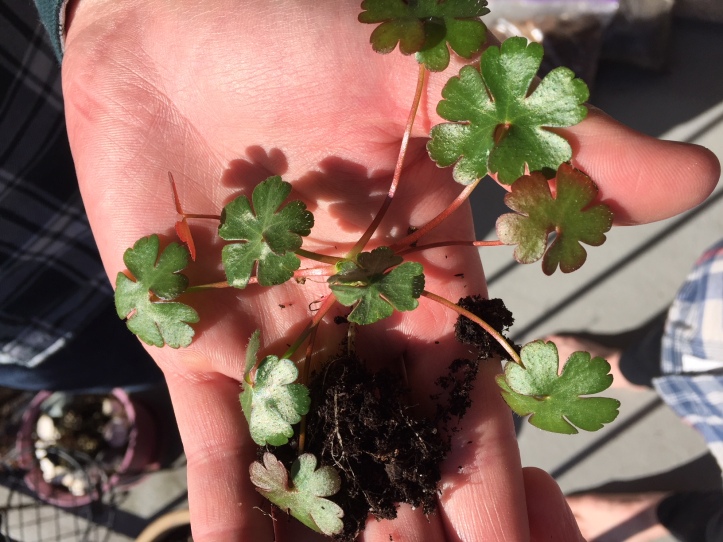
On July 3rd, I traveled with Maria to Vashon to find these high-priority weeds. Our first stop: a ravine on the east part of the island, where she had discovered an infestation of giant hogweed (Heracleum mantegazzianum). Giant hogweed is a menacing plant. It grows up to 15 feet tall, with 3-5-foot-wide incised leaves, reddish purple bumps and stiff white hairs on its stems, and 2-foot-wide umbrella-shaped clusters of white flowers. Most important, in sunlight the sap can cause severe skin blisters and even scars.
For more information on giant hogweed identification and control, visit our website.
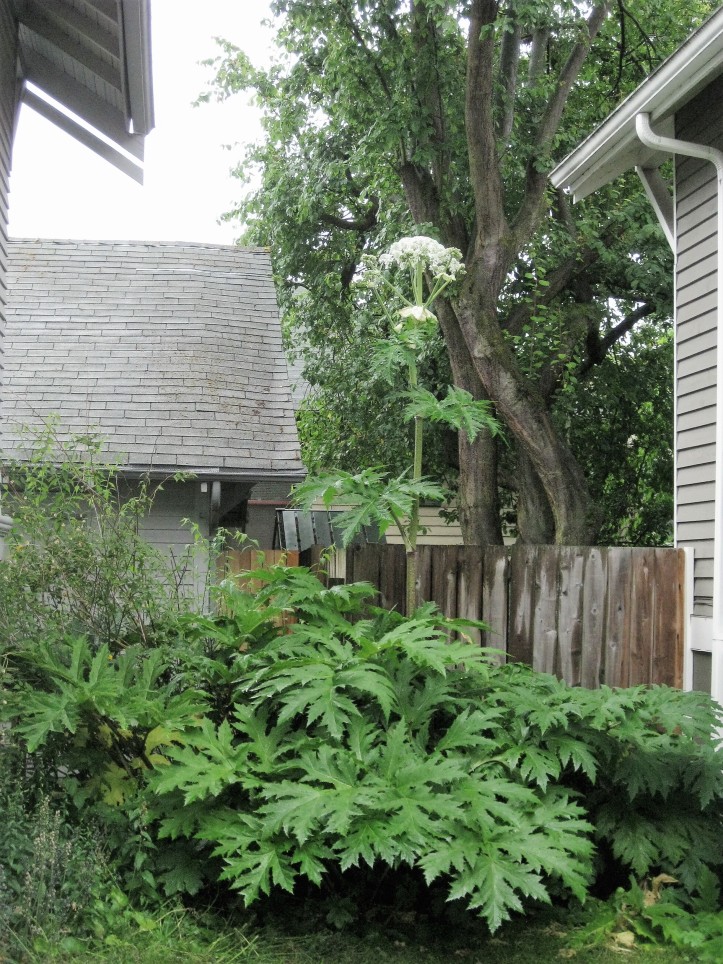

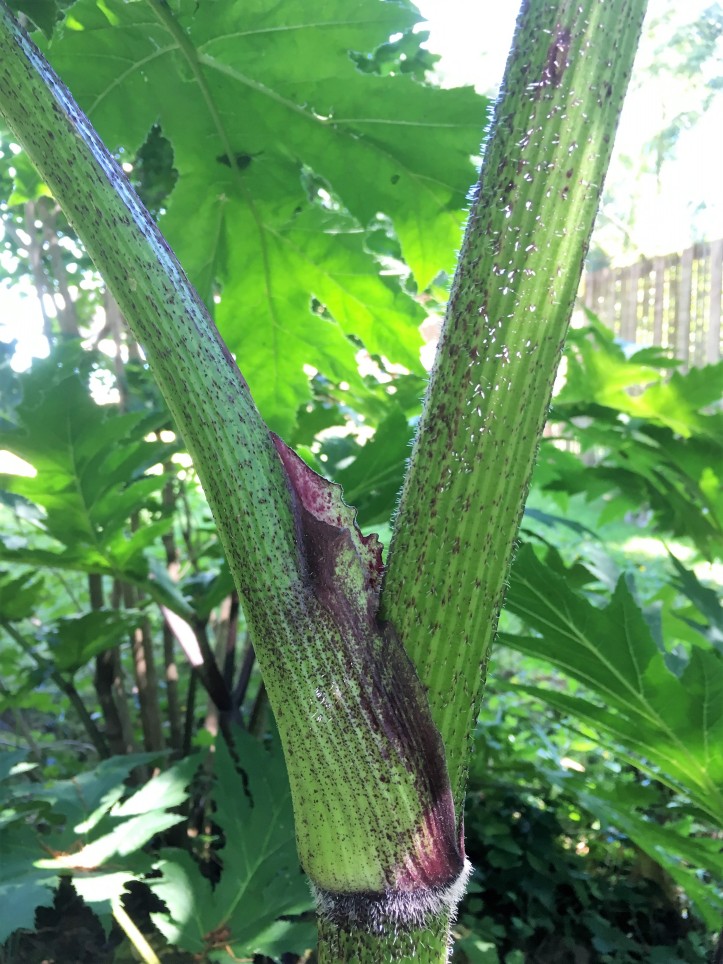
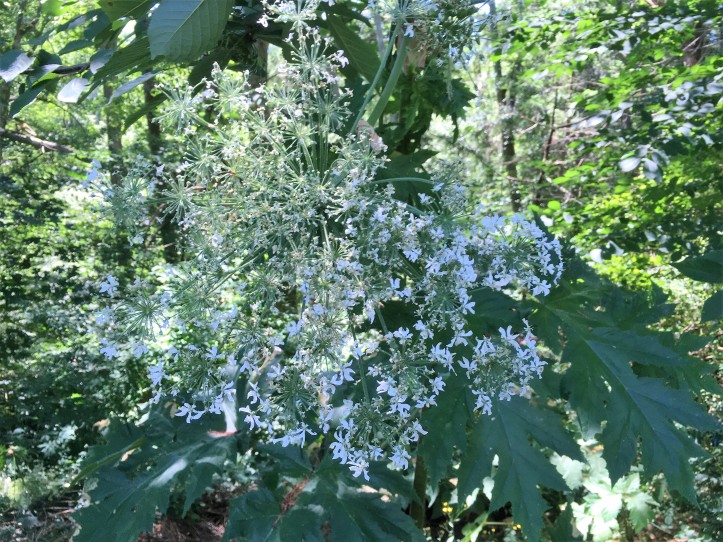

Without a doubt the most widespread regulated noxious weed on Vashon (and many other parts of King County) is tansy ragwort (Senecio jacobaea). This plant is a biennial that often grows in rural areas, such as in pastures and on roadsides. Like giant hogweed, tansy ragwort is an especially big concern because it’s toxic. Animals that eat the plant can sicken and even die. Fortunately, its bitter taste repels many of them. However, when it’s cut and dried (e.g. in hay), it loses its bitter taste while keeping its toxicity. That’s when the weed is an especially big worry.
For more information on tansy ragwort identification and control, visit our website.
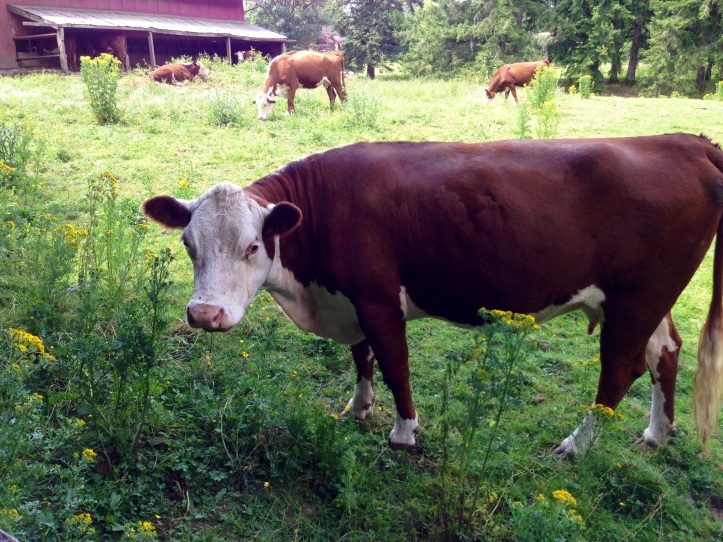
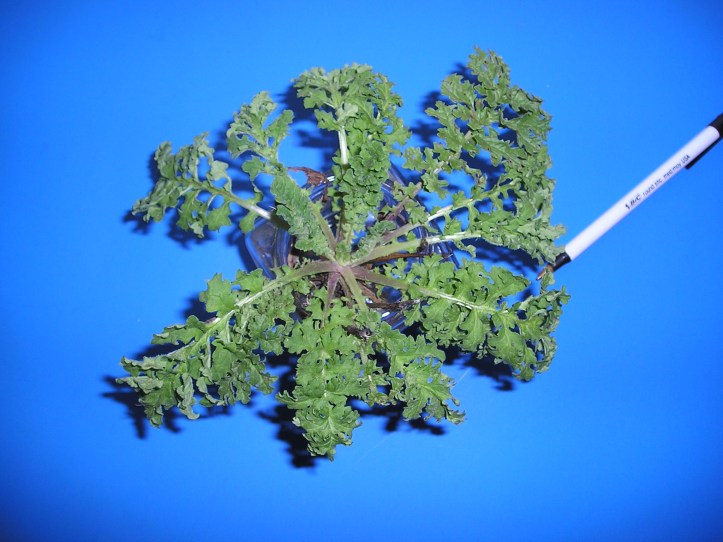
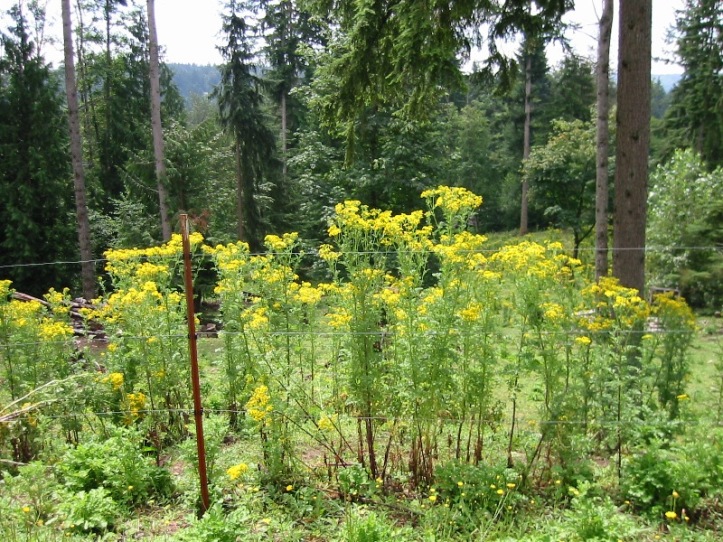
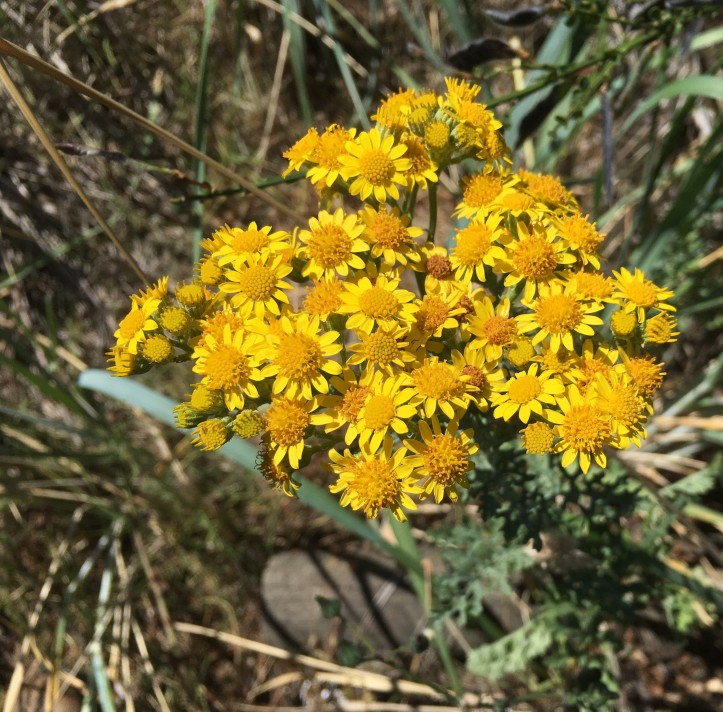
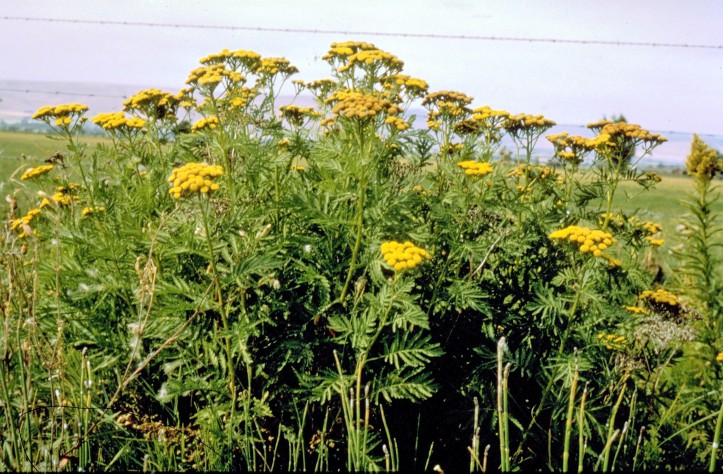
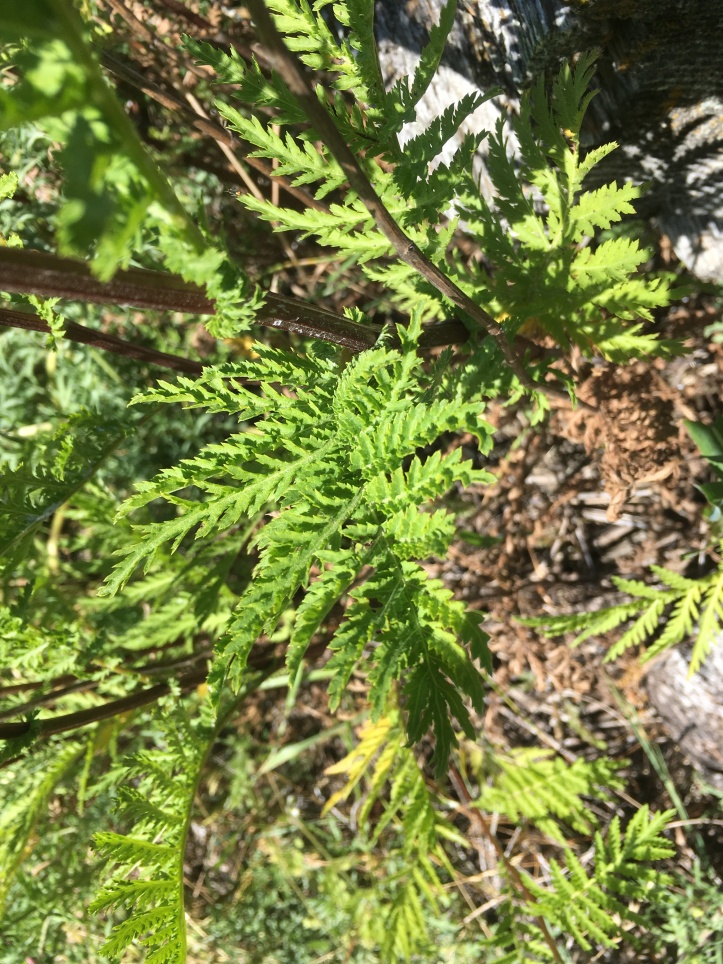
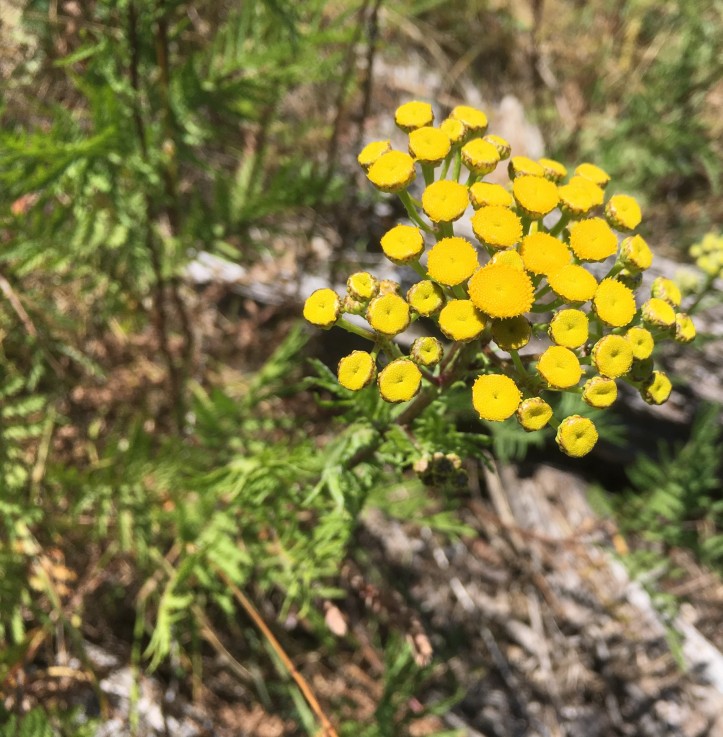
Tansy ragwort is just starting to bloom on Vashon (a bit behind those in other parts of the county). Maria and I found the weed growing in pastures and on roadsides, though on some properties it had disappeared since her last visit. Kudos to all the Vashon landowners controlling their tansy ragwort!
Last up, perennial pepperweed (Lepidium latifolium) is a usually 1-3-foot-tall (sometimes 6), multi-stemmed plant that grows in wet areas, farms, pastures, roadsides, and other habitats. It thrives especially in salty sites. True to form, on Vashon it grows mostly on beaches and in wetlands along the coast.

This time of year, many mature perennial pepperweed plants are producing dense rounded clusters of small white flowers at stem ends. These flowers help to distinguish it from one common look-alike, Puget Sound gumweed (Grindelia integrifolia). You can also identify perennial pepperweed by its hairless, waxy, bright green or gray-green leaves with white mid-veins and slightly serrated edges; and by its semi-woody root crown above deep roots.
For more information on perennial pepperweed identification and control, visit our website.
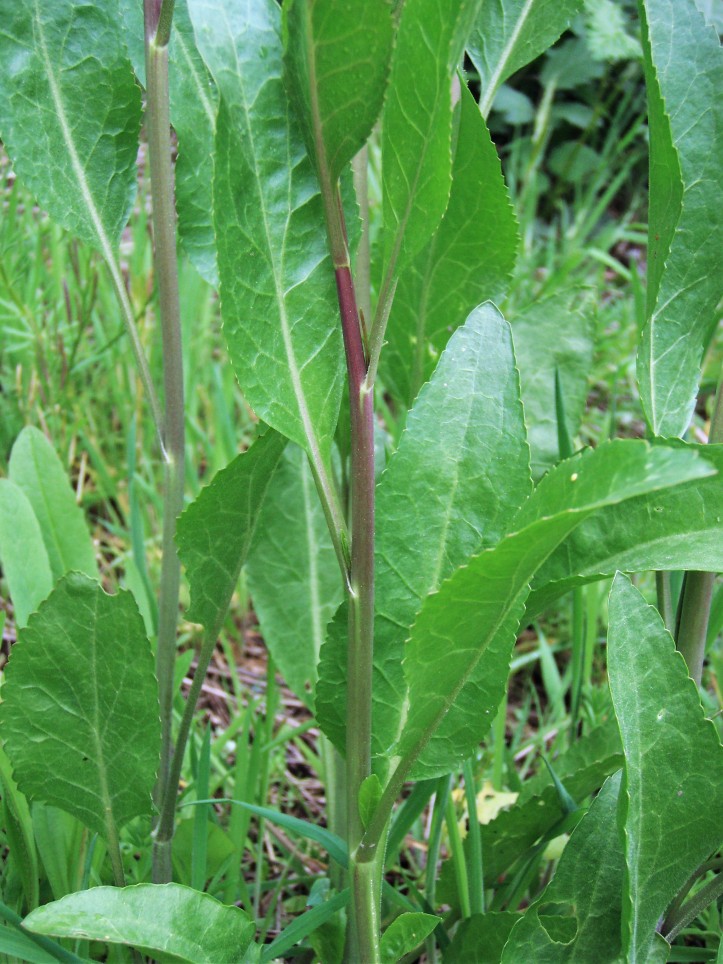



Maria and I found perennial pepperweed growing in a variety of habitats, including beaches, wetlands, and a roadside waste pile. If you find pepperweed blooming on your property, pull it now before it’s too late!
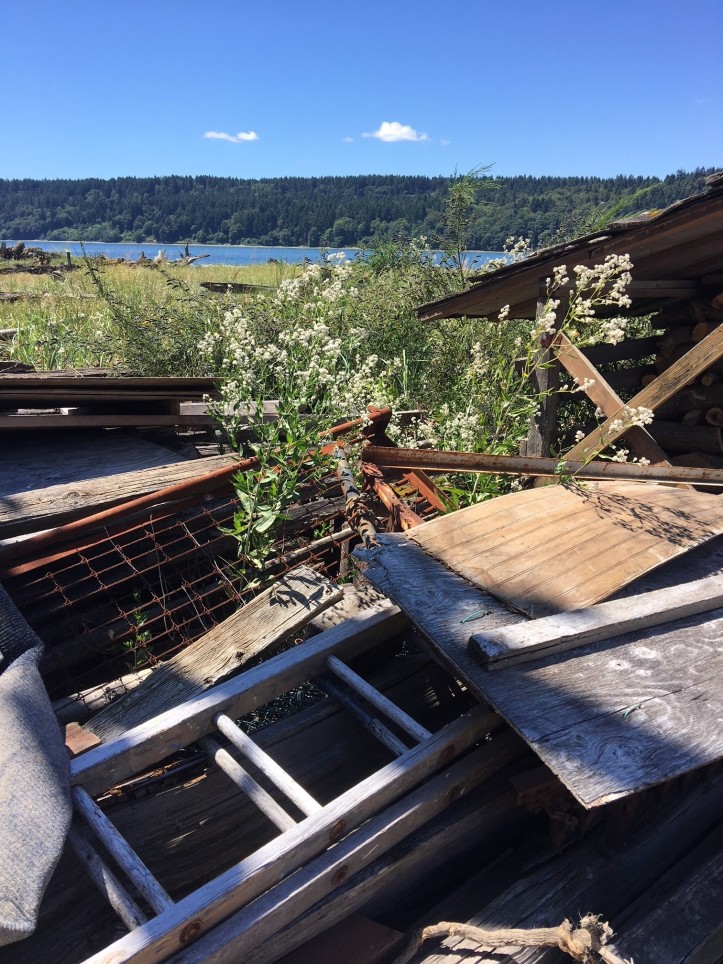
Enjoy the summer, wherever you are in King County, but keep an eye out for those noxious weeds, too!
For questions or more information, feel free to contact us at (206) 477-9333 or noxious.weeds@kingcounty.gov.